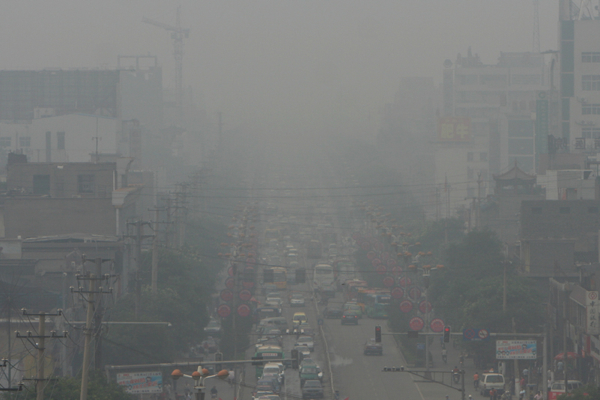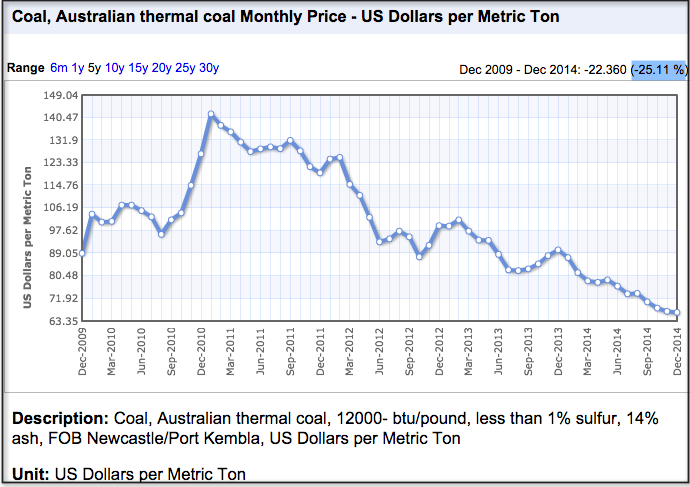
The ban is expected to encourage a more efficient use of coal, which has been blamed for China’s severe air pollution troubles. (Creative Commons image by: Francisco Anzola)
Australian coal exporters are scrambling to clarify the fallout from China’s new coal import rules, which some fear could expose the industry to billions of dollars in lost sales as the Asian nation seeks to slash air pollution.
According to Australia and New Zealand Banking Group (ANZ), the fact that China began this month banning coal with ash content of more than 16% and a sulphur level of more than 1%, has spawned a perceived greater risk of rejection at Chinese customs. This, reports The Australian, is creating uncertainty over whether the buyer or seller should shoulder the additional risk.
“While ash content can be reduced through increased processing, higher costs of production and lower yields threaten the economics of these exports,” NZ head of industry economics and research Mark Pervan was quoted as saying:.
With as much as 70% of Chinese coal capacity loss-making at current prices, Pervan added the National Development and Reform Committee had forced cuts on imports and domestic production.
“The success of these policy initiatives could see import and production restrictions continue in 2015,” he said.
As much as a quarter of all coal shipped through Newcastle goes to China, the world’s biggest coal consumer, up from less than 10% a few years ago. Coal shipped through the port — the largest coal export port in the world — is currently running at about 170 million tonnes a year.
Australia exports an estimated 49 million tonnes of thermal coal a year to China, and a large part of this could be at risk with the ban.
China’s dependence on coal is well known. Annual consumption exceeded 1 billion short tons per year in 1988 and has exploded since then, to about 4 billion tons last year. This means the Asian giant gets about 70% of its energy from the fossil fuel, a number the government hopes to reduce to 65% by 2017.
In the past three years Australia’s coal industry has experienced challenging times with prices for thermal coal, which consumed by power stations to generate electricity, dropping over 40%. More than 30,000 mining jobs were lost last year in Australia amid a slump in the price of key commodities like coal and iron ore.

Sources: IndexMundi | World Bank.
Comments
nick kelly
How amazing that this primitive energy source is still by far China’s largest source of energy. And how laughable the idea of reaching pollution agreements with China. This place could actually be where ‘Silent Spring’ becomes reality- a hundred thousand dead overnight.